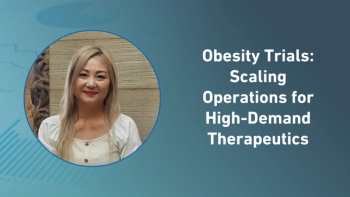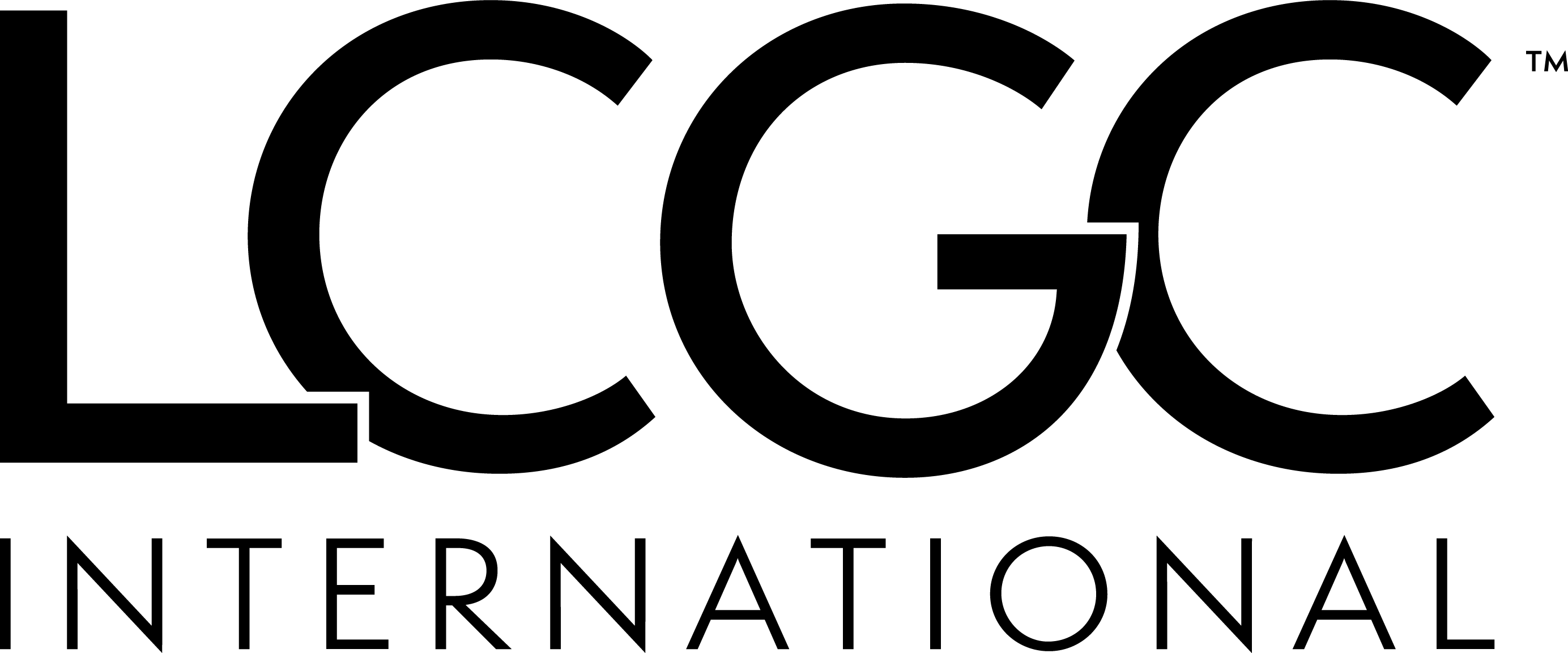
Oncology Subject Recruitment Trending Down in All Geographies Except North America
Medidata
In February 2012 Medidata published an
Given the relatively high volume of oncology-related research being conducted over the past five years—and the popular belief that such research was nevertheless expanding in these regions, two graphs were created: one depicting overall recruitment trending across all therapeutic areas (TAs), and the other depicting recruitment trending specifically for oncology studies. This updated analysis includes the most current subject recruitment data available in the Medidata Insights™ Metrics Warehouse, a database comprising over 6,000 studies contributed from over 100 sponsor organizations.
Overall, subject recruitment continues to trend downward in both Eastern Europe and Pacific Asia regions. The drop is most dramatic in Pacific Asia, falling from 30 percent in 2011 to 17 percent in 2012. In direct contrast, there has been a dramatic upward trend in recruitment in North America—from 38 percent in 2011 to 53 percent in 2012. And oncology-related recruitment follows the same pattern, with marked drops in recruitment in both Pacific Asia and Eastern Europe in 2012, while North American recruitment has jumped up from 31 percent in 2011 to 41 percent in 2012. It’s also apparent that the downward recruitment trend in Pacific Asia is not restricted to 2012, as the data indicates it has fallen significantly since its high point in 2008. It is worth noting that subject recruitment in other emerging regions including Africa, the Middle East, and Central and South America has either been stagnant or dropped over the past five years.
What has happened to the push for clinical research in economically emerging regions of the world? While we have no definitive answers, it is possible that slumping economic growth in some of these markets in recent years has reduced the near-term attractiveness of investing in clinical research there. We have also heard a number of clinical research professionals express concern that these regions have an abundance of naïve, inexperienced clinical researchers, making it a challenge to successfully navigate the very complex planning process and execution of a clinical trial.
Medidata will continue to follow this trend with great interest and are, as always, very keen to hear from you on this topic. Where do you see recruitment trending across the globe in the coming years? For oncology studies? Overall?
—Medidata Solutions,
Newsletter
Stay current in clinical research with Applied Clinical Trials, providing expert insights, regulatory updates, and practical strategies for successful clinical trial design and execution.





.png)



.png)



.png)
.png)
